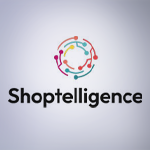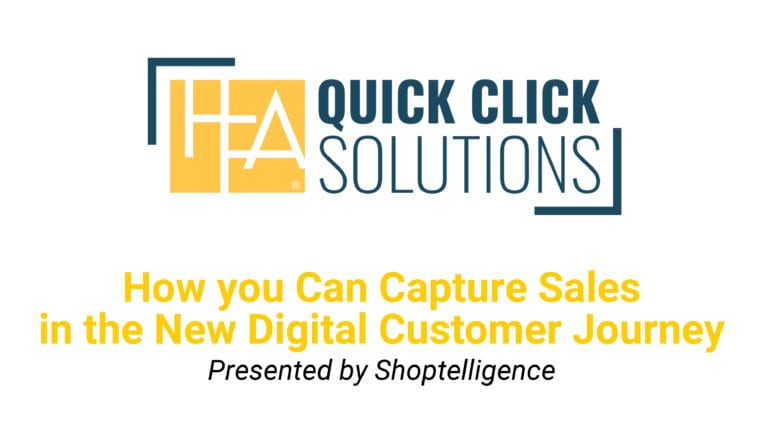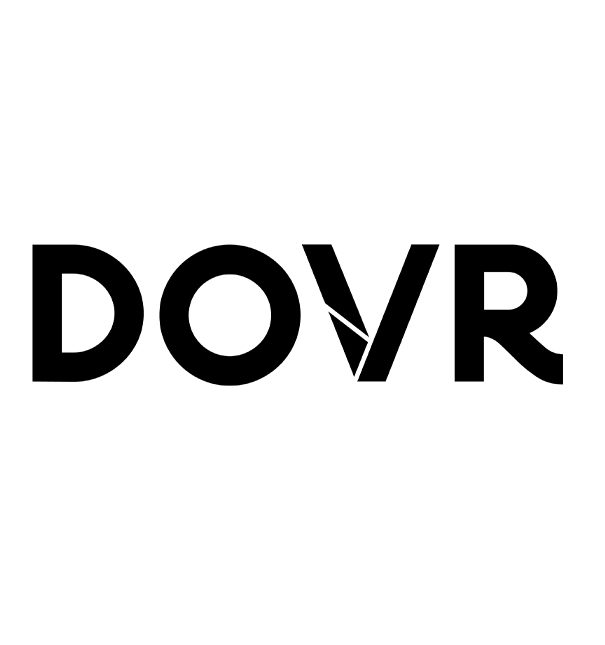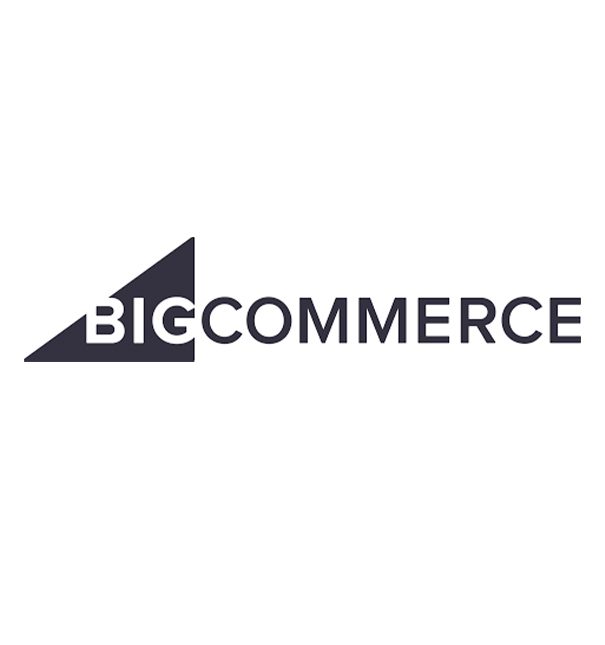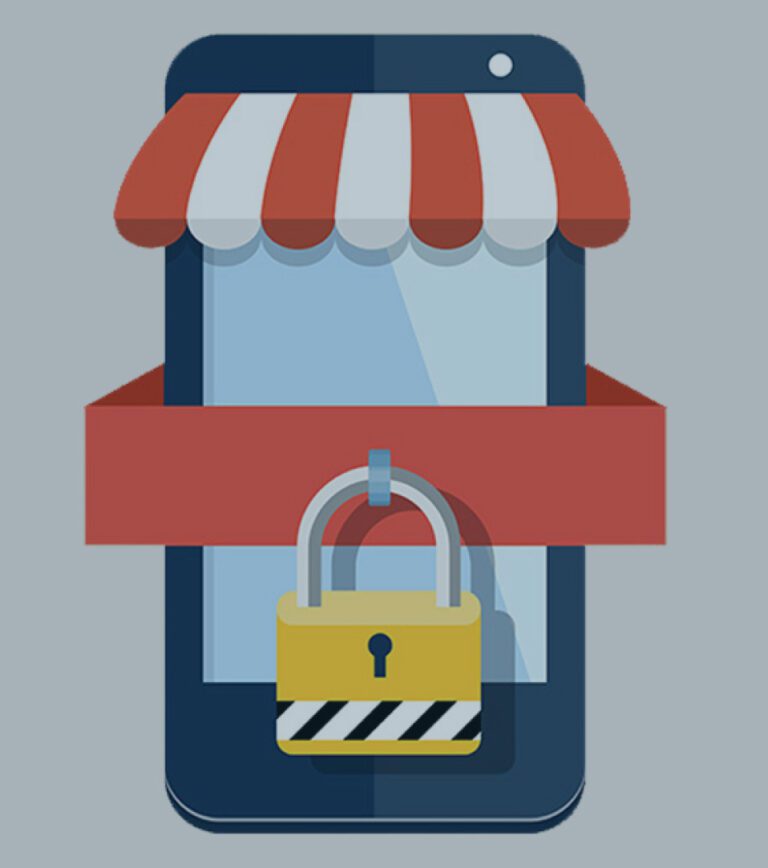The Fourth Industrial Revolution
Back in the 18th and early 19th centuries was the Industrial Revolution, the transition from manufacturing by hand to machine-based production. But did you know that civilization has experienced more than one industrial revolution? That first industrial revolution was followed by the incorporation of technology in the late 19th and early 20th centuries and the digital revolution in the second half of the 20th century. Automation and data exchange are making their marks, and we live through a fourth industrial revolution.
The retail experience has evolved as production methods have changed. First came consolidation. Instead of going to the butcher, the baker, and the farm stand, consumers could go to a single market for their groceries. Similarly, shoppers began buying their clothes at department stores rather than visiting a dressmaker, a milliner, and a shoe store. With air conditioning and development came malls, followed by big box stores and large retailers surrounded by ample parking. At the dawn of the new millennium, the internet revolutionized everything. Suddenly, consumers could access more information and purchase a broader range of products than they’d ever known. They could crowdsource reviews and learn from each other. Consumers’ collective wisdom helped vendors create rich profiles and adjust their product assortments. Online retailing quickly became a global force. Some estimates place the current value of the ever-expanding online market as high as $4 trillion.
Personalization vs. Personal Assistance
As the internet evolved, personalized user experiences became increasingly common and standard. Websites could know what time it was or where a user was located. Websites learned and remembered users’ names and preferences by asking a few questions or requiring an account. It became easy to greet a user with a friendly, “Good morning, Robert! Bundle up – it’s going to be cold in Peoria today.”
When Amazon pioneered product recommendations, an entire industry was born. Companies leveraged personalization technology to add another dimension to online shopping. By capturing data with every click and testing variations, retailers could understand their customers and build models that would influence their decisions. Retailers could see that personalization would be effective in boosting online sales. As far back as 2016, some analysts predicted that eCommerce businesses using personalization tools would see a 15% profit bump by 2020.
Personalization has become standard for vendors and is expected by consumers. Look at some of the findings from Segment’s 2022 State of Personalization Report:
● Personalization boosts ROI. Nearly half (49%) of consumers say they will likely become repeat buyers after a personalized shopping experience with a retail brand.
● Personalization builds loyalty. One in three consumers (38%) say they will shop with a brand they’ve had a good experience with, even if there are cheaper or more convenient options.
● Failing to deliver personalization alienates consumers. 62% say a brand will lose their loyalty if they provide an unpersonalized experience, up from 45% in 2021.
Yet, even as personalization has evolved, something has remained missing from online shopping: personal assistance.
Where personalization is data-driven, personal assistance brings a human touch to the shopping experience. Imagine walking into a store for the first time and being approached by a sales associate. She’s never met you and doesn’t know anything about you, but she’s capable of back-and-forth communication. She is asking questions, taking in everything you say, applying reasoning to what she’s heard, and translating that information within the context of her environment. The more she knows, the better personal assistance she can provide. If you tell her that you need living room furniture, have dogs, and want to spend $2,000, not only will she help you today, but when you return for bedroom furniture, she will remember your preferences. She won’t show you a floral blouse and will aim for your preferred price tier. She has learned. She also won’t suggest a cocktail dress like the one you bought yesterday because it’s irrelevant to your shopping goal today. She is reasoning.
All of this begs the question: Which do businesses need to provide in today’s retail environment, personalization or personal assistance? While each has its value and proponents, the best answer is both.
Combining Personalization with Personal Assistance in an Omnichannel Environment
According to that same Segment report, 67% of consumers say that they want to be able to interact with a retail brand on more than one channel. Blending state-of-the-art personalization with omnichannel personal assistance will spur a consumer to action. Retailers who understand which channels their consumers prefer and deliver the most individually curated experiences across these channels will see an increase in conversions, per-ticket figures, average order size, and repeat business figures online and in-store.
60% of businesses are increasing their investment in personalization, but 40% find that getting the requisite data is a challenge, further complicated by the amount of data required coupled with an increasing wariness on the part of consumers. They want personal assistance while maintaining a sense of privacy.
Boosting the Bottom Line with Shoptelligence
By moving beyond surface-level crowdsourced information and incorporating machine learning, the Shoptelligence platform develops deep levels of product-related data. Shoptelligence applies style reasoning, analyzes shopper preferences, and learns to make recommendations across a range of characteristics – category, color, style attributes, price point, style, and more – the way an expert sales associate would. It then also makes recommendations for complementary purchases. Retailers offering Shoptelligence state that their online conversation rates are doubling among shoppers who engage with the experience. Per-buyer purchase jumps 35%. Units per transaction go up 40%.
With just a bit of information from the shopper, retail associates can access a customer’s browsing history and preferences, leading to a deeper level of decision support. In reverse, when a customer goes into the store but prefers to complete a transaction from home, retailers can track that interaction and compensate the associate accordingly, creating a lower-pressure shopping experience for all involved.
Give your customers the best of both worlds. Combine personalization and personal assistance at your business. Shoptelligence can help.

